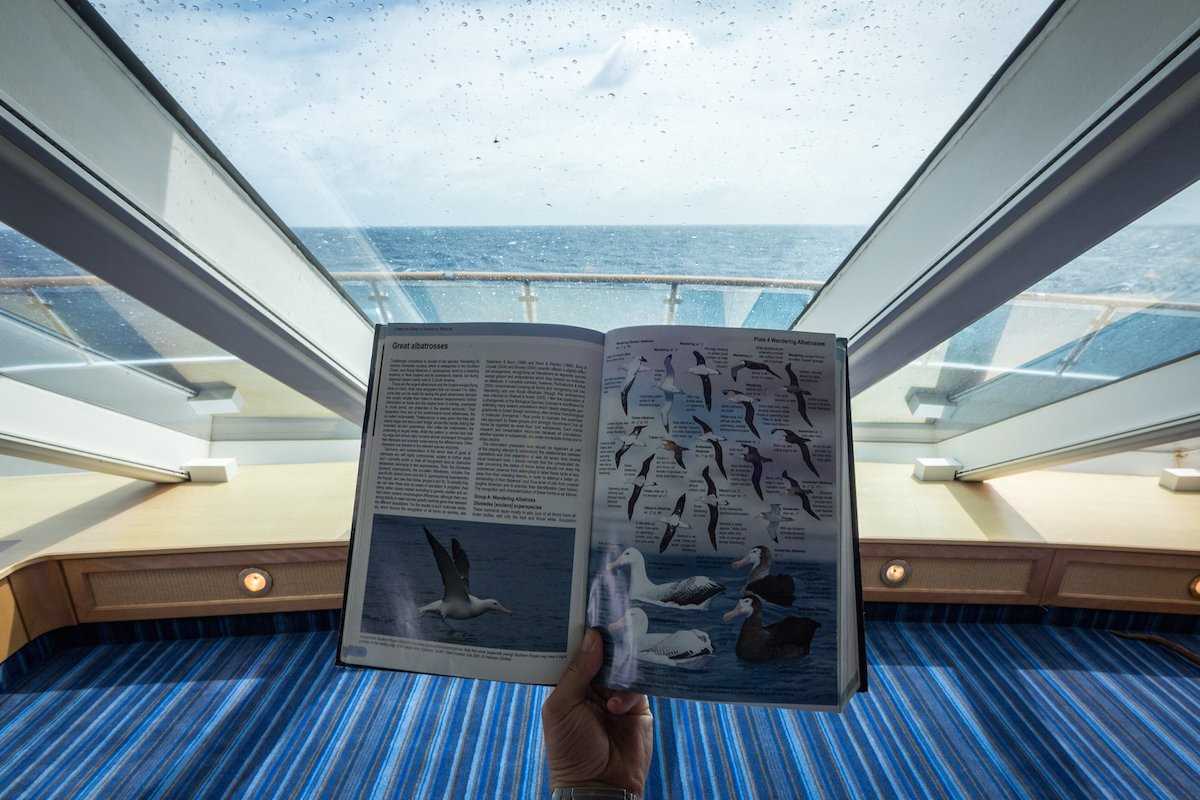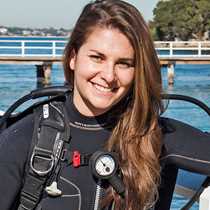Land ho! It is certainly with mixed emotions that we make our final approach back to South America today. After what has surely been a once-in-a-lifetime journey to the Great White Continent, we redirect toward home.
As National Geographic Orion continues its crossing north, winds from the world’s mightiest ocean current system deliver some spectacular bird watching opportunities.
Countless giant petrels, black-browed albatross, and the great albatross hurtle by, gliding on the winds and taking advantage of the surface waters disturbed in the wake of our ship. These species are only found in this part of the world and are best observed on this part of our journey to Antarctica. With impressive wingspans, their characteristic tube-noses help them to locate food in this vast, wild ocean.
Unfortunately, the scent of crushed phytoplankton they seek out is all too often mistaken for the odor of micro-plastics also found in the surface waters, byproduct of an activity that has found its way to be consumed by over 90 percent of seabirds worldwide.
Such occurrences remind just how impacting and far reaching daily human activities can be.
Later in the day, Naturalist Josh McInnes lectures on the ecology of Antarctica’s food web. Undersea Specialist Peter Webster shares about krill, one of our planet’s keystone species, and National Geographic Photographer Jonathan Irish delivers his lecture on “A Year in the National Parks.” As we pass Cape Horn in the afternoon, our approach back to land is marked by a host of marine animal sightings. Surveyed by National Geographic in 2017, Cape Horn and the surrounding Magallanes region are home to abundant marine mammals and seabirds that are supported by the world’s southernmost kelp forests.
As we make our way into the Beagle Channel, we are escorted by dusky dolphins toward dramatic mountain peaks and lush greenery: These are the first native trees we have seen in over a week! With a sky of clear blue above and cocktails in hand, we celebrate the conclusion of our epic journey south with our voyage slideshow and Captain Martin Graser’s final farewell.







